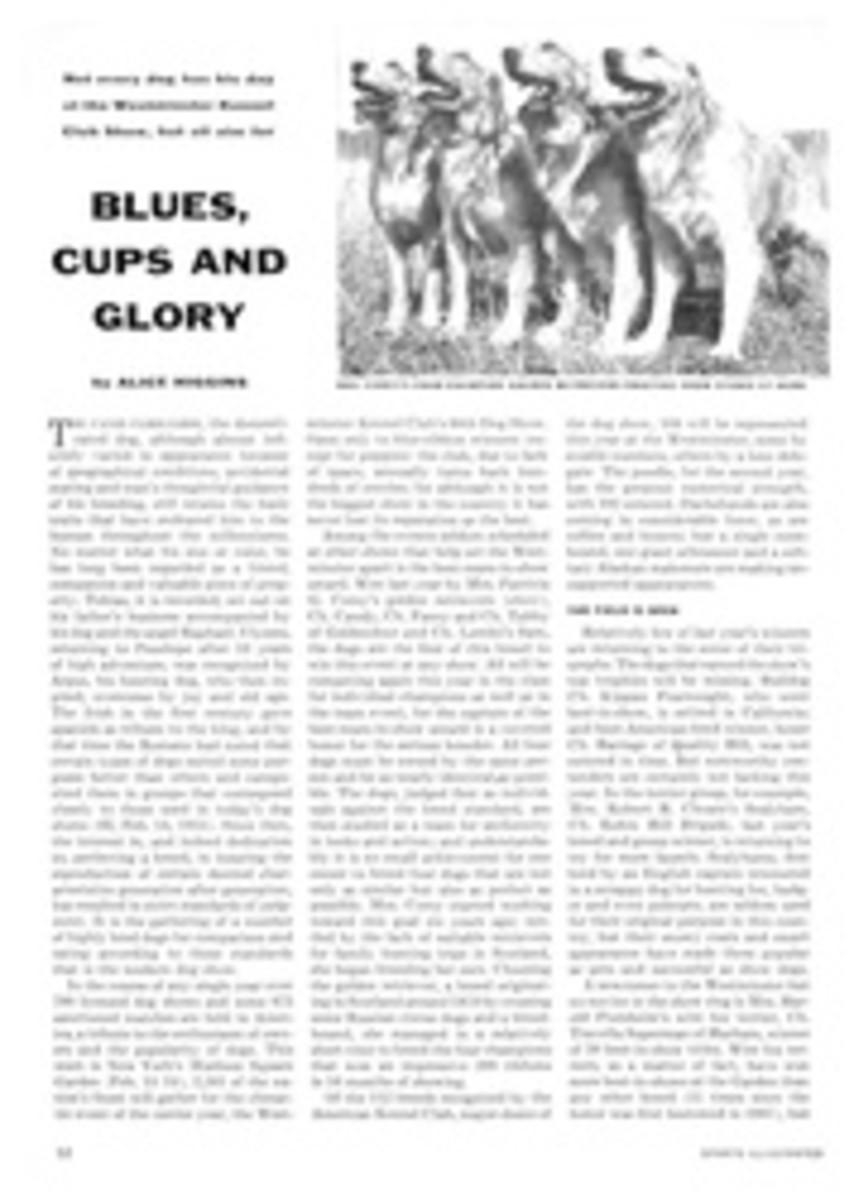
DEEP POWDER CAN MAKE SKIING TRICKY AND TIRING, BUT WITH THE RIGHT APPROACH YOU WILL DISCOVER IT'S ENJOYABLE GOING
No beginner should attempt deep-powder skiing. Turning in light powder, however, is no problem, even for the beginner. He merely makes his normal turn, remembering not to be disconcerted by the fact that he cannot always see his skis.
In heavy powder, the intermediate skier must sit back on his skis a little. He should stem the outside ski firmly and get all the way into the fall line before bringing the other ski parallel. The shoulder and body swing should be exaggerated to make up for the increased resistance of the snow.
The advanced skier can take heavy powder with the most enjoyment by using a parallel technique at a fairly high speed. I suggest parallel because stemming at higher speeds in heavy powder may cause skis to cross or split. The skier should keep his weight a little farther back than normal, exaggerate his shoulder swing and make a series of linked turns with a pronounced up-and-down motion of the whole body. Staying in the fall line will help you keep your speed. Linked turns give you more style and safety than intermittent turns because you fall into a rhythm which makes turning easier.
Do not over-exaggerate your shoulder swing. Use more speed instead of more swing to overcome the increased resistance of deeper snow.
The trick in schussing deep powder is to bring your weight far enough back to keep the skis from diving. You can accomplish this by advancing one ski about six inches, keeping one knee just behind the other. Your skis will then be weighted to the rear, and they will plane smoothly in the snow.
PHOTO
SEPP RUSCHP

